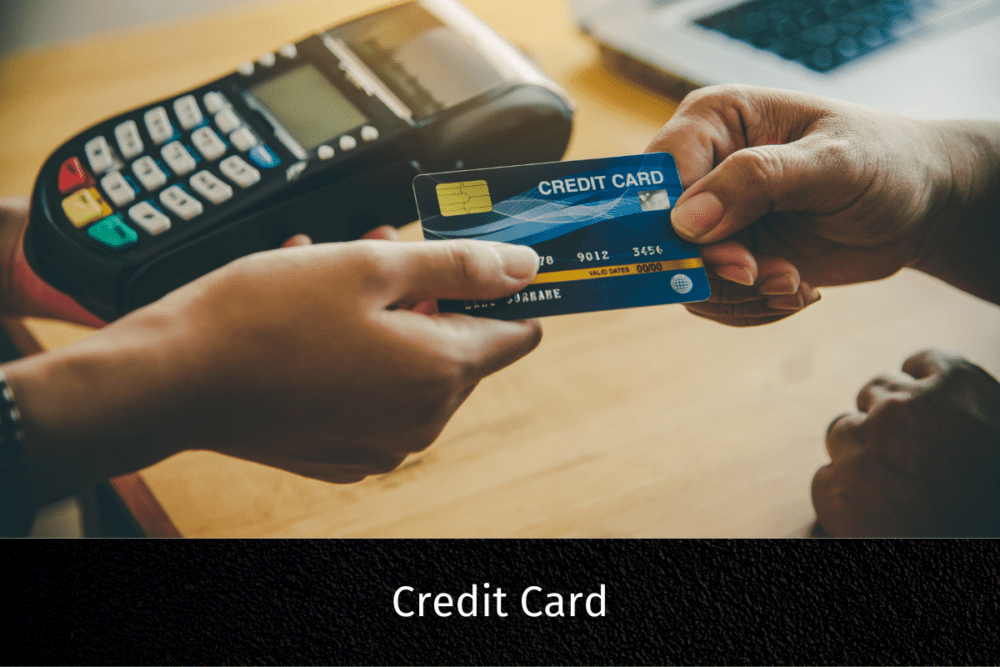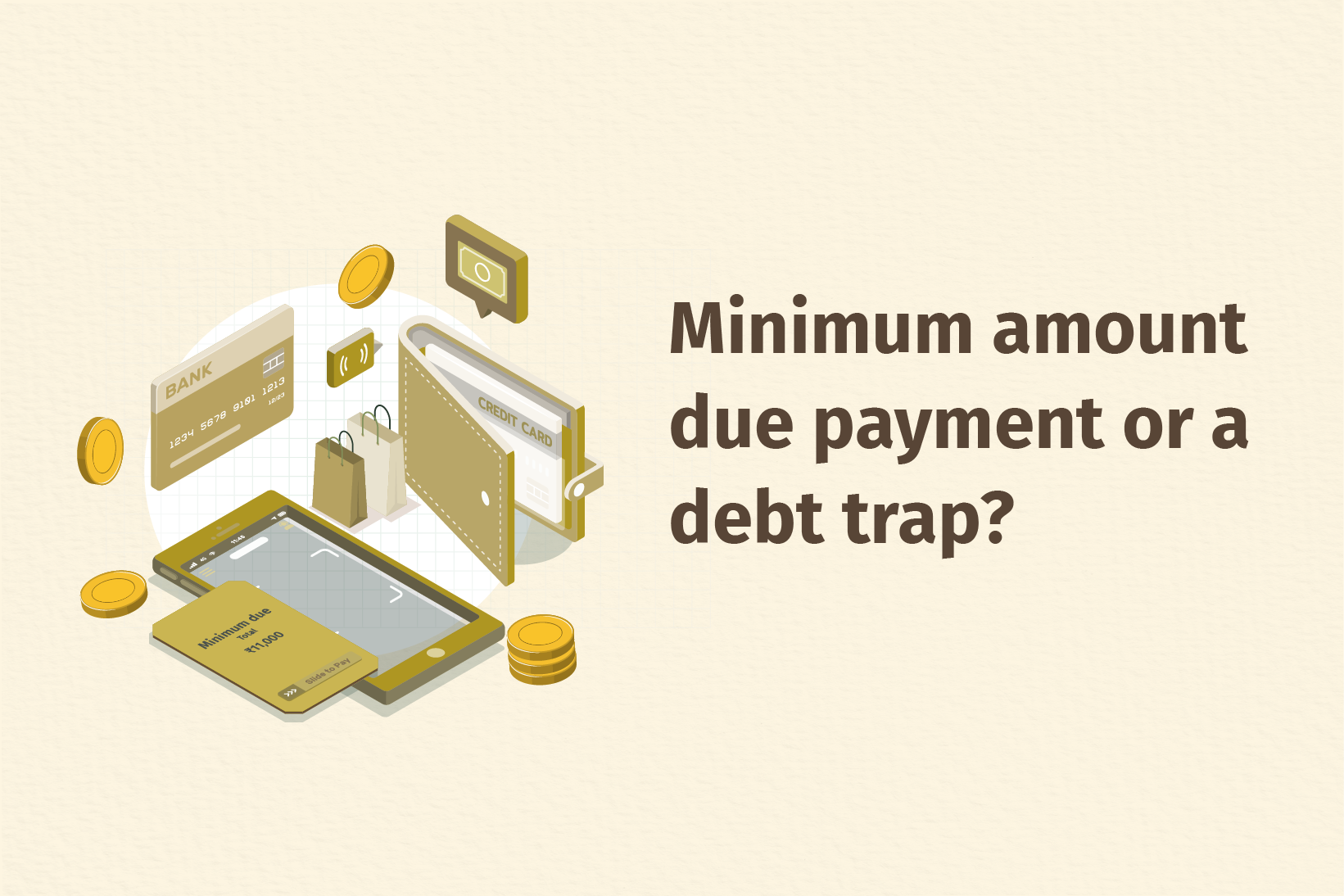Credit cards can be incredibly convenient for making purchases and managing expenses, but they come with a cost – interest charges. If you don’t pay off your balance in full each month, you’ll start accruing interest on the remaining balance. This interest can add up quickly, making it crucial to understand how to calculate credit card interest.
Understanding the Basics to Calculate Credit Card Interest
Before diving into the Credit card calculation process, let’s cover some fundamental concepts related to credit card interest:
- Annual Percentage Rate (APR): This is the yearly interest rate charged on your credit card balance. It’s important to note that most credit cards have different APRs for purchases, cash advances, and balance transfers.
- Daily Periodic Rate (DPR): The APR is divided by 365 (or 366 in a leap year) to determine the daily periodic rate. This is the interest rate applied to your balance each day.
- Average Daily Balance (ADB): Credit card interest is calculated based on your average daily balance during the billing cycle. This is determined by adding up your daily balances and dividing by the number of days in the billing cycle.
- Grace Period: Most credit cards offer a grace period, typically 20-25 days, during which you can pay your balance in full without incurring interest charges.
Also read : How to Compare Credit Cards
The Process to Calculate Credit Card Interest
Now that we’ve covered the basics, let’s walk through the process of calculating credit card interest using a simple formula:
(Number of Days Since Last Payment Date × Outstanding Balance × APR) ÷ 365 = Interest Charged
Here’s a detailed breakdown of each step:
Step 1: Determine your billing cycle and statement closing date. This information can be found on your credit card statement.
Step 2: Multiply your outstanding balance by the daily periodic rate (DPR). Remember, the DPR is calculated by dividing your APR by 365 (or 366 in a leap year).
Step 3: Multiply the result from Step 3 by the number of days in your billing cycle. This will give you the total interest charged for the billing period.
Let’s consider an example to illustrate this calculation:
Outstanding Balance: ₹50,000
APR: 36% per annum (3% per month)
Number of Days Since Last Payment: 30
Using the formula above, we can calculate the interest charged:
(30 × ₹50,000 × 36%) ÷ 365 = ₹1,479.45
In this scenario, you would be charged ₹1,479.45 in interest for the billing cycle.
The Impact of Compounding Interest
When it comes to understanding how to calculate credit card interest, it’s crucial to know that credit card interest compounds daily. This means that interest is added to your balance each day, and then interest is charged on that new balance the following day. This compounding effect can cause your debt to grow rapidly if you only make minimum payments or carry a balance from month to month.
To illustrate the impact of compounding interest, let’s consider an example:
Outstanding Balance: ₹50,000
APR: 36% per annum (3% per month)
Minimum Payment: ₹2,500 per month
If you only make the minimum payment of ₹2,500 each month, it would take you approximately 32 months to pay off the balance, and you would end up paying a total of ₹29,400 in interest charges. This is because each month, interest is added to your balance, and you’re charged interest on the new, higher balance the following month.
Strategies to Minimise Interest Charges
Now that you understand how credit card interest is calculated and the impact of compounding interest, let’s explore some strategies to minimise interest charges and pay off your debt faster:
- Pay more than the minimum due: By paying more than the minimum amount each month, you can reduce your average daily balance and, consequently, the interest charged.
- Make payments more frequently: Instead of waiting until your due date to make a payment, consider making smaller payments throughout the month. This can help reduce your average daily balance and the interest charged.
- Prioritise high-interest debts: If you have multiple credit cards, focus on paying off the card with the highest APR first while making minimum payments on the others.
- Consider balance transfer offers: Look for credit cards with low or 0% introductory APR on balance transfers. This can help you save on interest charges while you work on paying off your debt. However, be mindful of balance transfer fees and the length of the promotional period.
- Negotiate with your card issuer: Reach out to your credit card issuer and request a lower APR. If you have a good payment history, they may be willing to reduce your interest rate.
- Avoid cash advances: Cash advances often come with higher APRs and no grace period, meaning interest starts accruing immediately. Avoid taking cash advances unless absolutely necessary.
- Pay your balance in full: Whenever possible, pay your credit card balance in full each month. This will help you avoid interest charges altogether and keep your debt under control.
The Importance of Timely Payments
Late payments not only result in fees and potential APR increases but can also have a negative impact on your credit score. Payment history is one of the most significant factors in determining your credit score, so it’s essential to make your payments on time, every time.
If you struggle with remembering due dates, consider setting up automatic payments or payment reminders. Many credit card issuers offer the option to set up automatic payments for the minimum amount due, a fixed amount, or the full balance. By automating your payments, you can ensure that you never miss a due date and avoid late fees and potential damage to your credit score.
Understanding Your Credit Card Statement
Your credit card statement contains valuable information that can help you understand your interest charges and manage your debt more effectively. Here are some key sections to pay attention to:
- Payment Information: This section includes your statement closing date, payment due date, minimum payment due, and the total balance.
- Transaction Summary: This section lists all the transactions made during the billing cycle, including purchases, payments, credits, and fees.
- Interest Charge Calculation: This section breaks down how your interest charges were calculated, including the APR, average daily balance, and the total interest charged for the billing cycle.
- Rewards Summary: If your credit card offers rewards, this section will detail the rewards earned during the billing cycle and your total rewards balance.
- Important Messages: This section may include notifications about changes to your account terms, special offers, or other important information from your card issuer.
By carefully reviewing your credit card statement each month, you can ensure that all the transactions are accurate, understand your interest charges, and make informed decisions about your credit card usage and debt management.
Seeking Help for Credit Card Debt
If you find yourself overwhelmed by credit card debt and struggling to make payments, it’s essential to seek help before the situation worsens. Here are some resources and options to consider:
- Credit Counselling: Credit counselling agencies can provide free or low-cost advice on managing your debt and creating a budget. They may also offer debt management plans that can help you pay off your debt through a single, lower monthly payment.
- Debt Consolidation Loans: Consolidating your credit card debt into a single, lower-interest personal loan can help you save on interest charges and simplify your debt repayment.
- Balance Transfer Credit Cards: As mentioned earlier, transferring your high-interest credit card balances to a card with a lower or 0% introductory APR can help you save on interest and pay off your debt faster.
- Negotiating with Creditors: If you’re experiencing financial hardship, reach out to your credit card issuers and explain your situation. They may be willing to work with you to create a modified payment plan or temporarily reduce your interest rate.
Remember, there is no shame in seeking help when it comes to managing credit card debt. The sooner you take action, the easier it will be to get back on track and achieve your financial goals.
Conclusion
Understanding how to calculate credit card interest is a crucial step in managing your debt and avoiding costly mistakes. By familiarising yourself with key concepts like APR, daily periodic rate, and average daily balance, you can take control of your credit card expenses and make informed decisions about your financial future.
Remember to always pay your bills on time, aim to pay more than the minimum due, and seek help if you find yourself struggling with credit card debt. By implementing the strategies discussed in this guide and staying committed to your financial goals, you can break free from the cycle of credit card debt and achieve long-term financial success.







